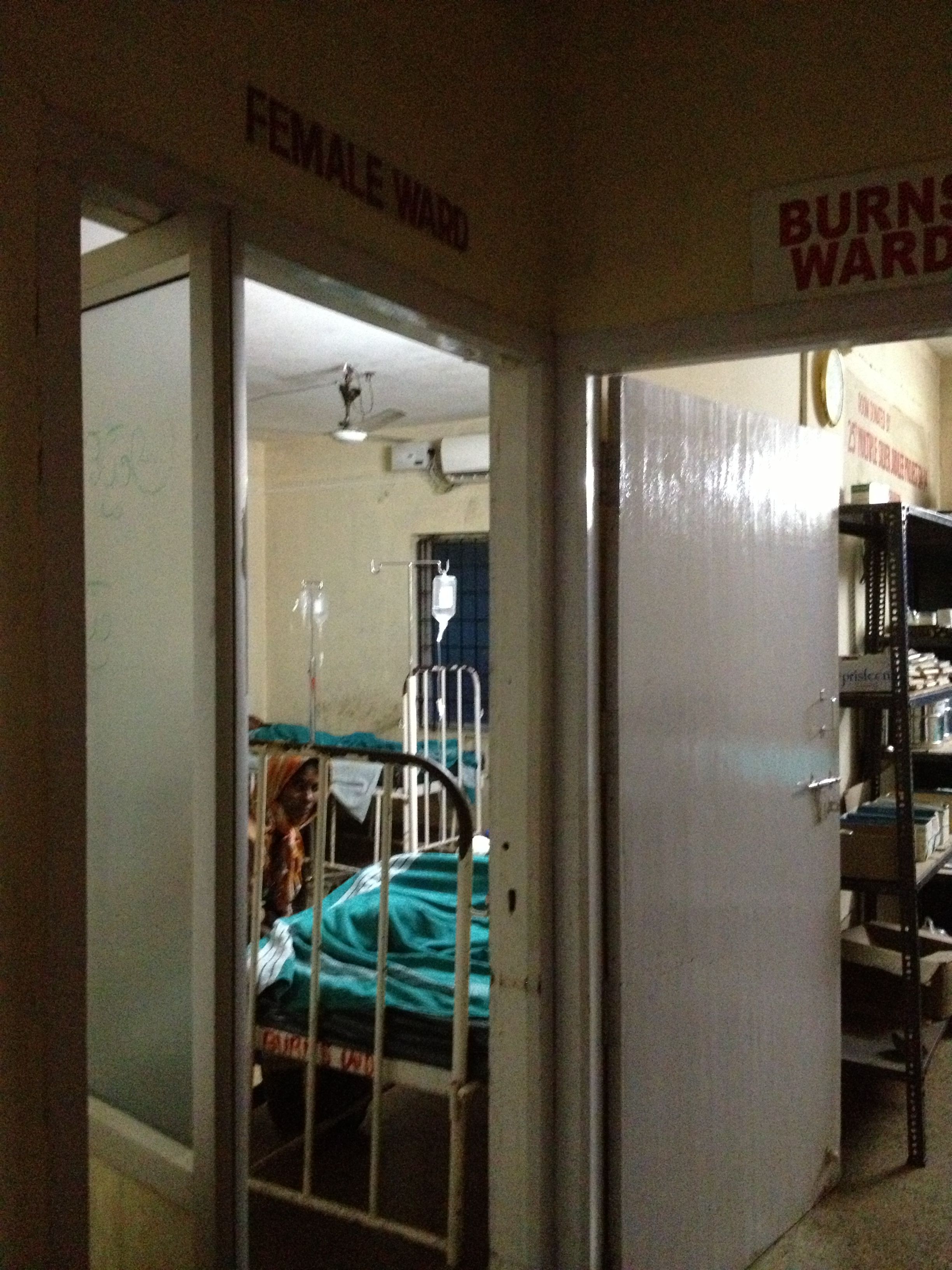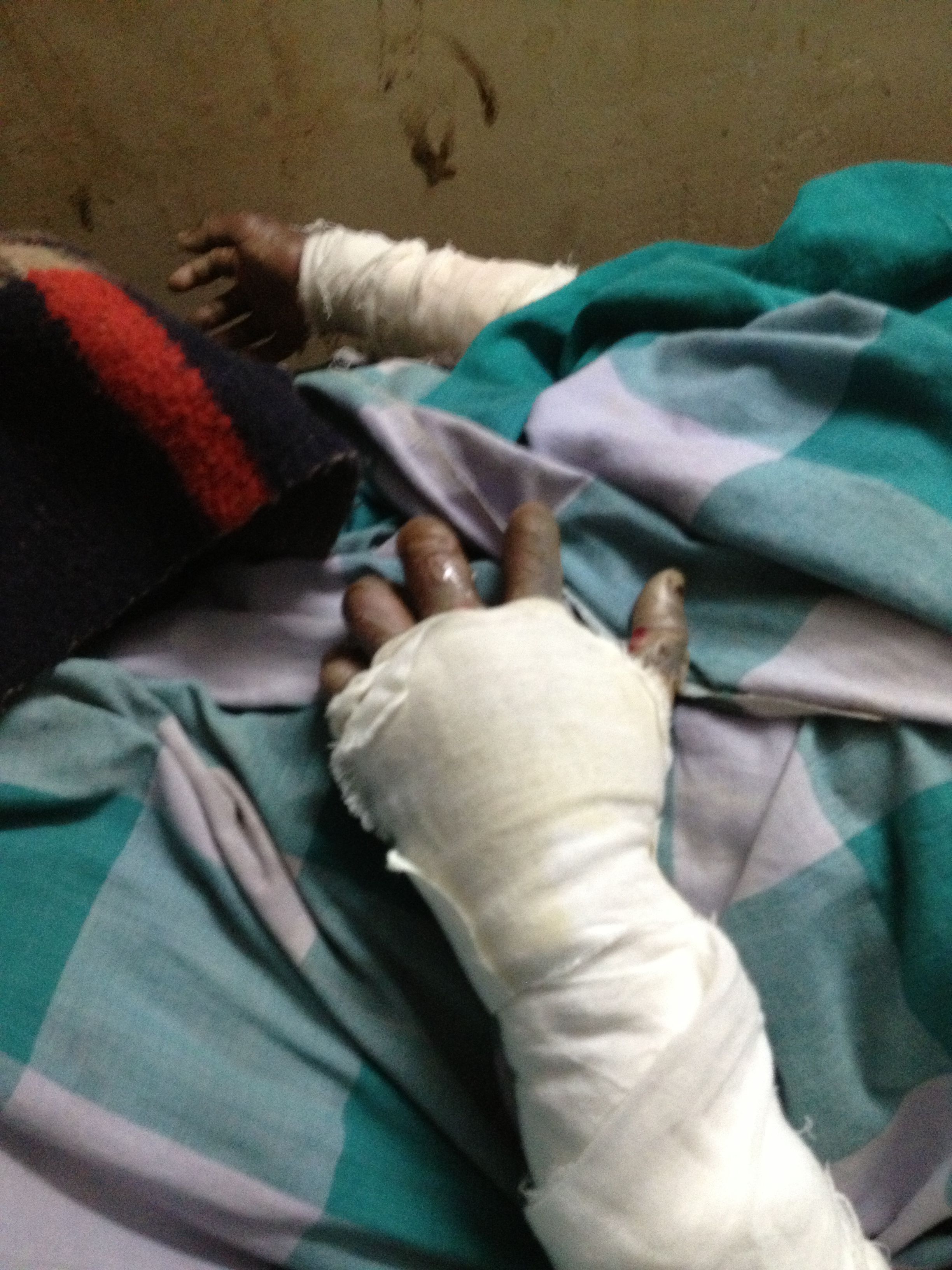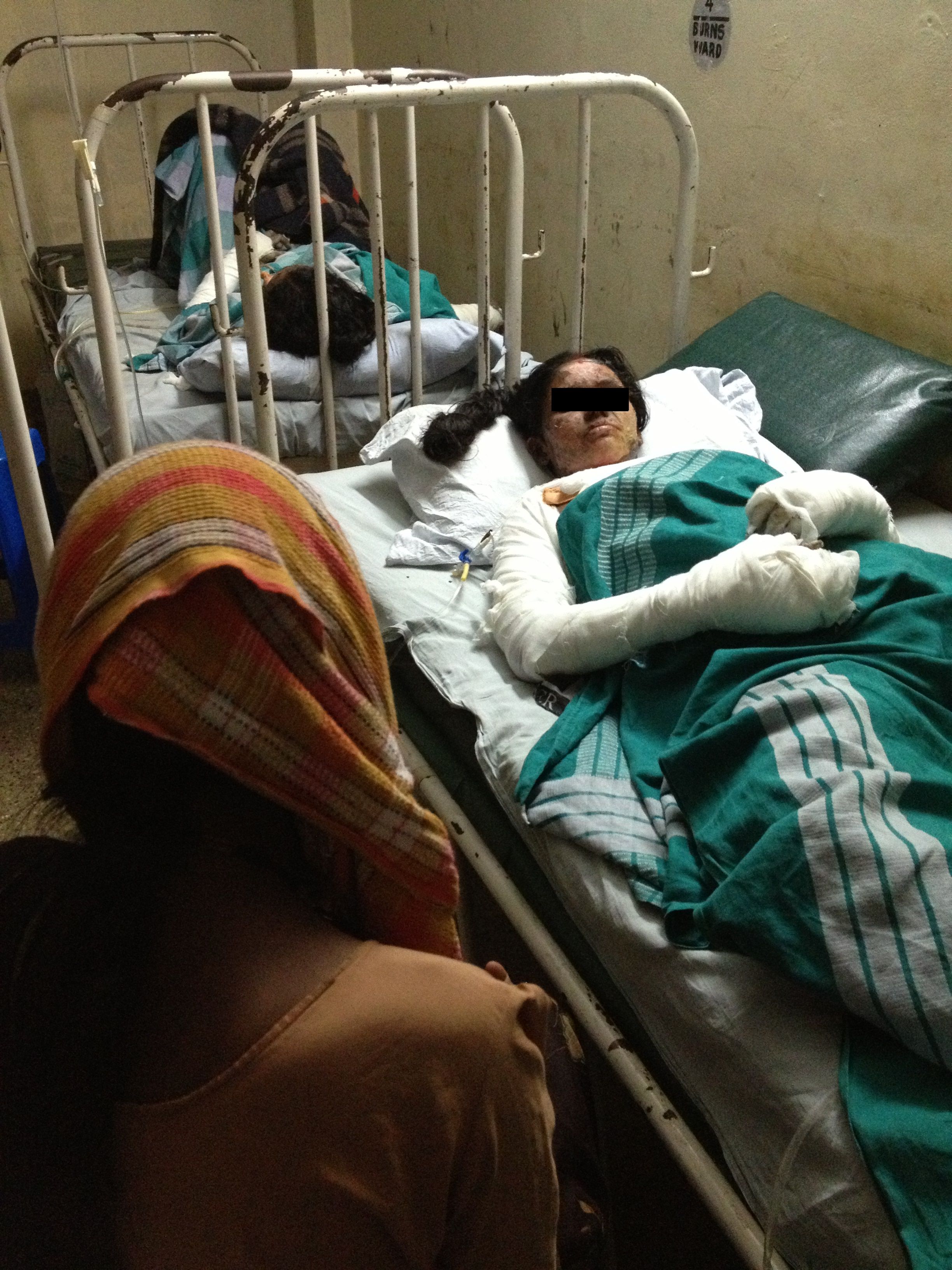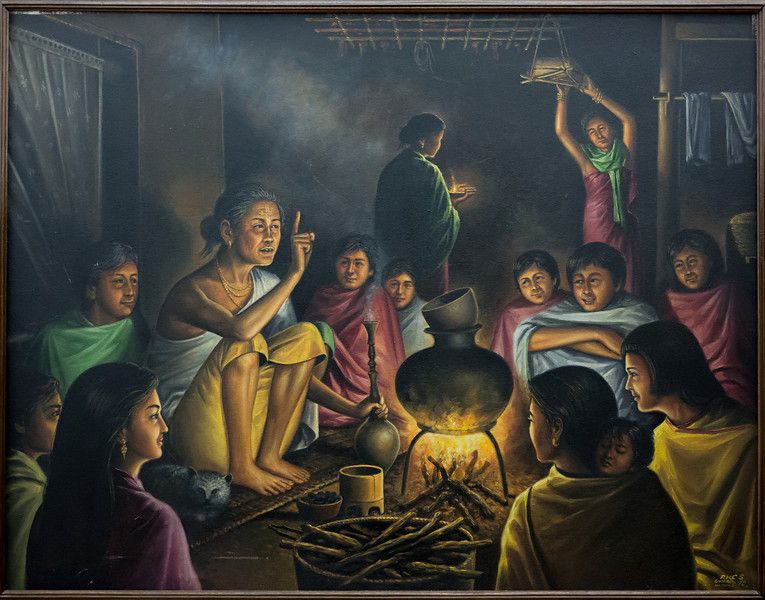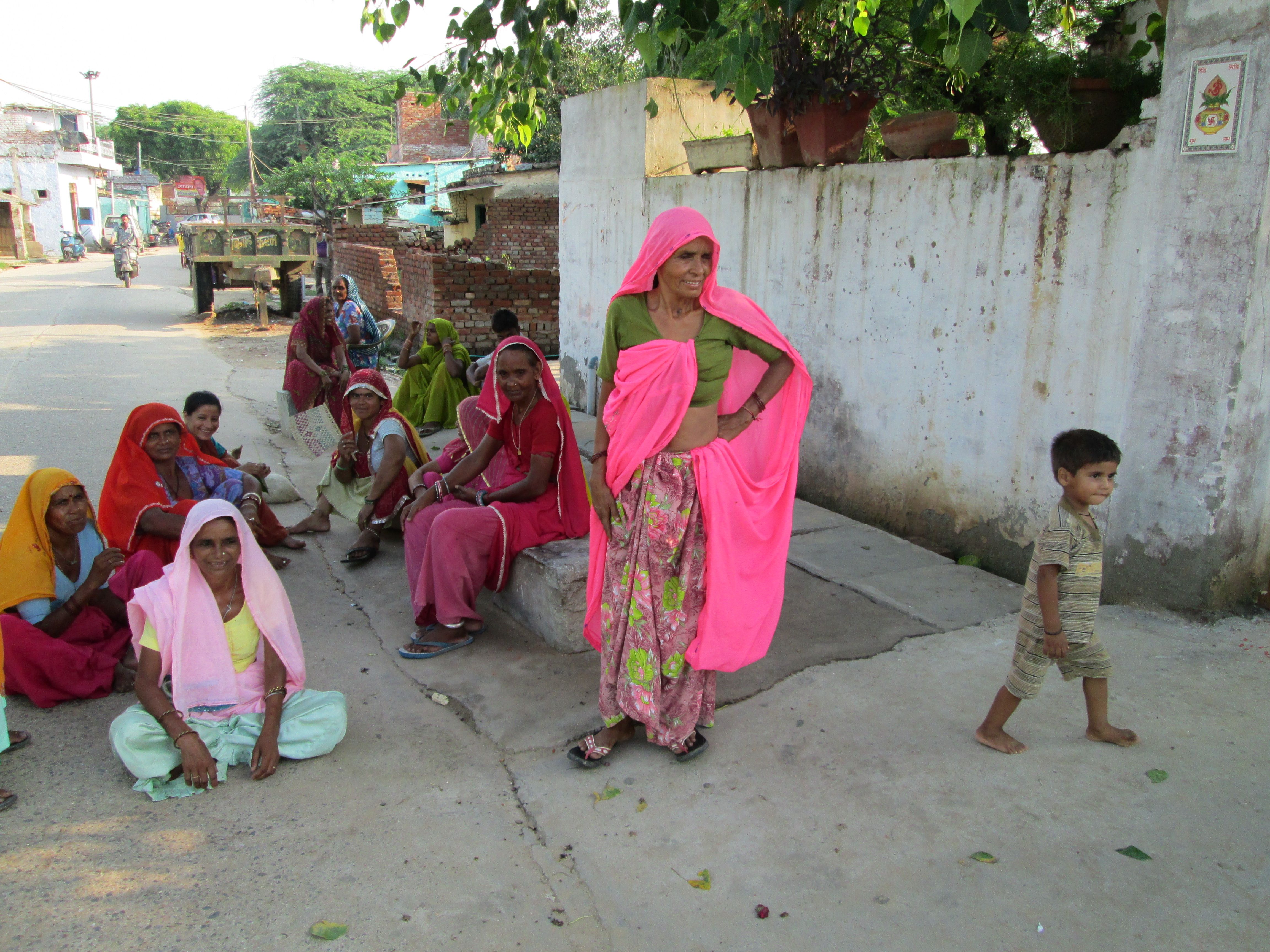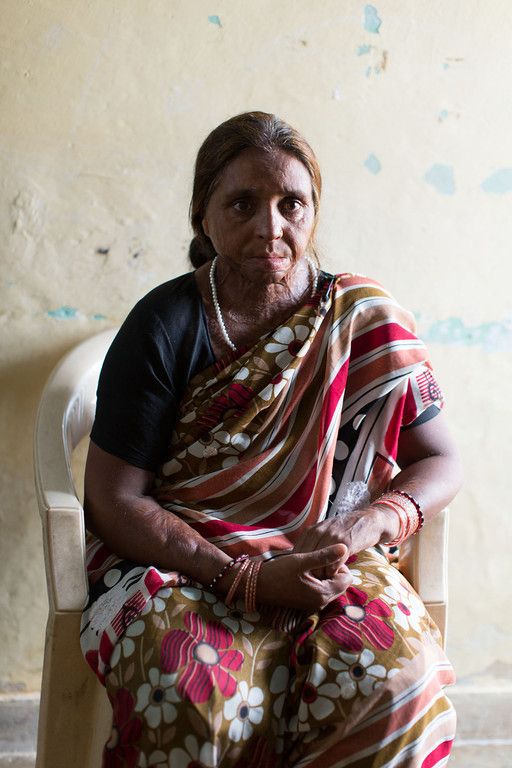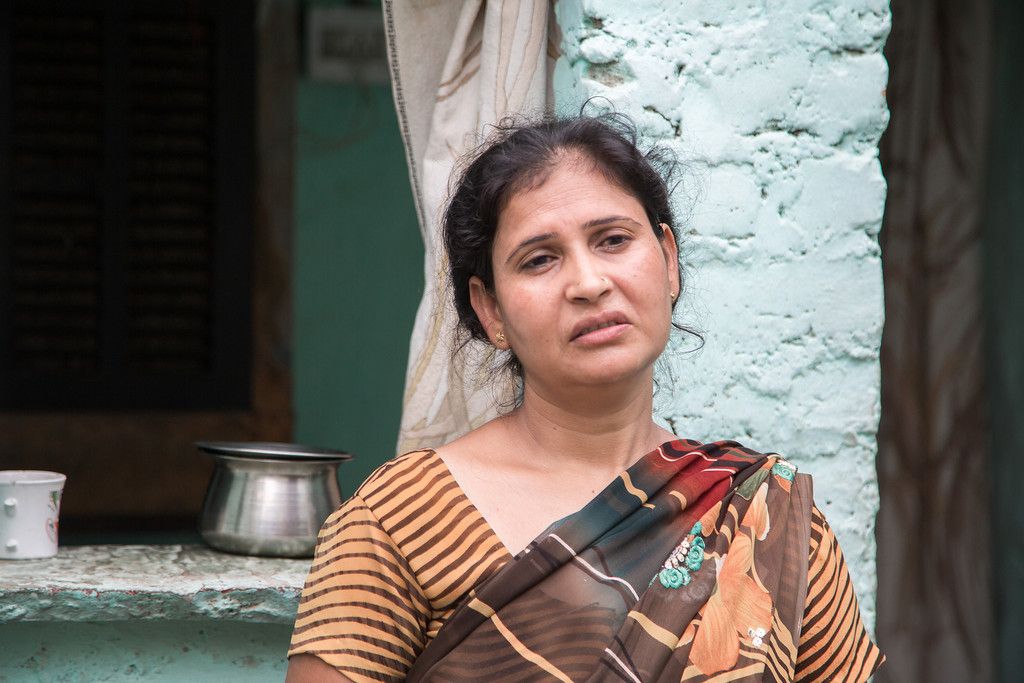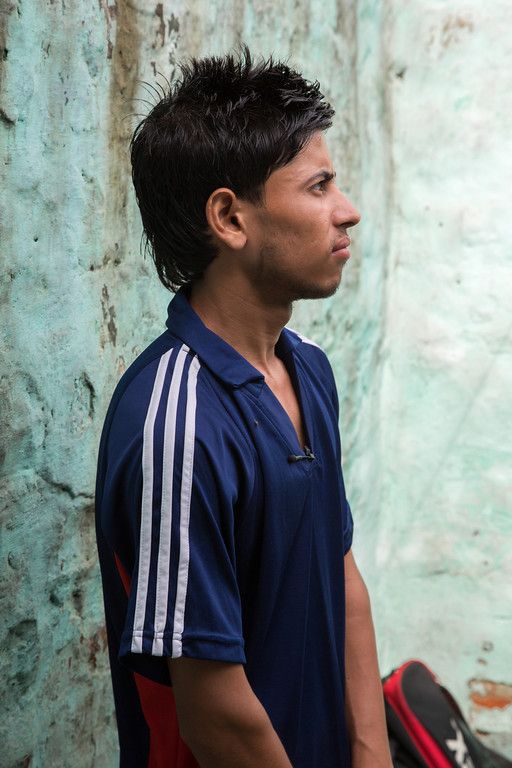December 16, 2013 | Pulitzer Center
By
Varsha Ramakrishnan, for the Pulitzer Center
A bride's dowry—a gift to the groom of money or property—is an ancient Indian tradition. The violence associated with it has however increased in modern day India. The phenomenon of violence cuts across all socio-economic strata and remains an under-reported crime against women in India.

